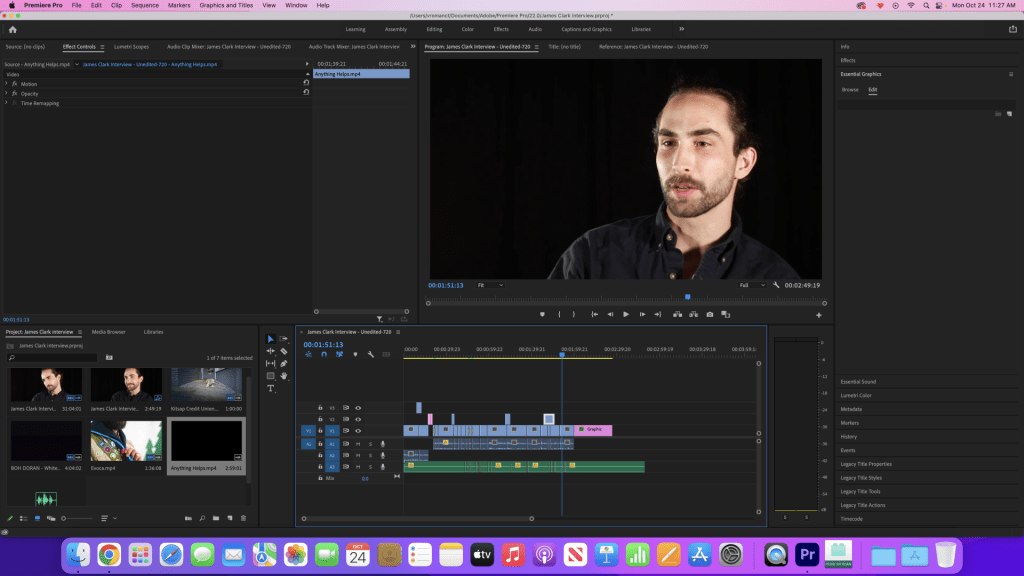LOGLINE
A conflicted person set’s down their phone to hang out with someone and struggles to go out due to deadlines, and the berating of their phone.
- A person who is plagued with procrastination and a sense of failure for incompletion.
- This person feels trapped in a cycle of procrastination to the point that when they try to break free they get sucked right back into the cycle.
PROTANGIONST CORE WOUND / MOTIVATION
- Our protagonist seeks a way out of their cycle of procrastination and is looking to interact with people and become more intertwined in a society of people, not accounts, usernames, and deprecation.
GENRE
Drama
PLOT DESCRIPTION
- The film opens with a shot of a character staring at a screen as we see notifications of deadlines and overdue work flash across. They then proceed to start “doom scrolling” when a text message from a friend appears asking to hang out. As they look up from their phone they see an orange light in the distance with a friend standing in it waving. Immediately they leap up from their chair and start to move toward it before a work notification dings with harsh blue light from the phone behind them. They look back and consider going toward the phone but see the orange light out of the corner of their eye and instinctively move toward it. Suddenly another even louder ding rings from the devices harsh blue light. They stand and look back and forth between the phone and the person who is now slowly fading away as the phone dings again even louder! They look back one last time at the person as they fade away to nothing and the film goes quiet. After a moment of pause we here a quiet ding of the phone. Our character looks back, walks toward it, sits down, and starts doom scrolling.
- Does the Protagonist achieve their goal? No
TREATMENT
- Complete a paragraph describing the protagonist’s world
- This description helps the team build a better, more believable world
- You may include wardrobe, family, friends, food choices, habits, hang-ups, etc.
Our character lives in a world the same as our own that visually appears as a black void. They feel trapped in technology and seek a way out into the “real world” but are unable to and retreat back to te technology.
INFLUENCES and EXAMPLES
- List directors or other filmmakers FROM YOUR CHOSEN GENRE you are using for research and inspiration
- List scenes FROM YOUR CHOSEN GENRE you are using for research and inspiration
- Embed video clips of scenes that may influence or inspire stylistic choices in your film


